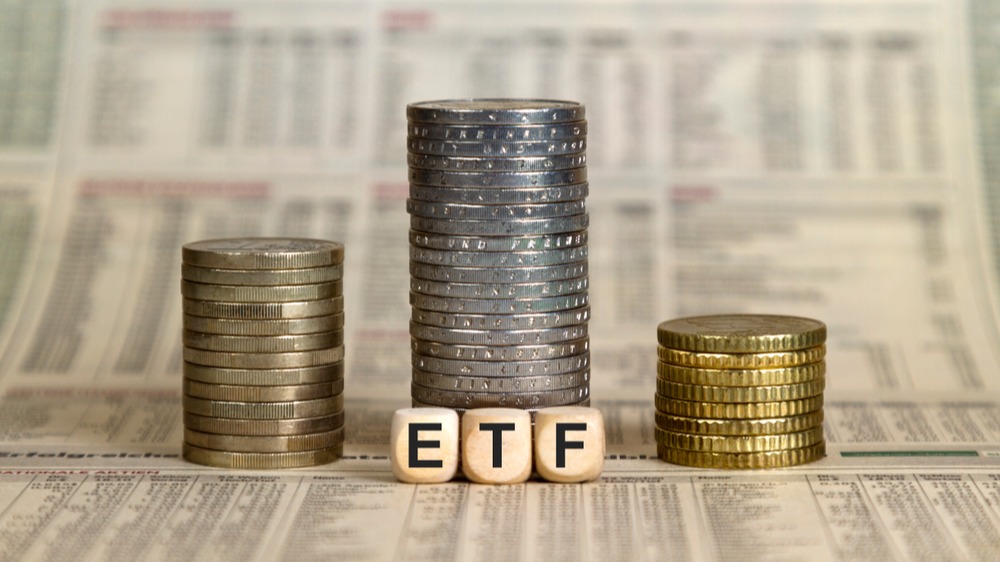Europe’s ETF giants are throwing down the gauntlet to rivals with State Street Global Advisors (SSGA) and DWS slashing fees across products housing tens of billions of dollars of assets in little over a month.
The latest cost-cutting offensive started on 23 October after SSGA chopped the total expense ratio (TER) on the $7.1bn SPDR S&P 500 UCITS ETF (SPY5) from 0.09% to 0.03%, crowning Europe’s new lowest-fee S&P 500 ETF.
The pivot from SSGA, which entered the European ETFs in 2001 and continues to operate the world’s largest ETF – SPY – in the US, signals the issuer is not prepared to remain idle with its $61bn assets under management (AUM), lagging rivals including Invesco and UBS Asset Management.
At least initially, SPY5’s two-thirds fee cut seems to have had the desired effect, with $1.2bn inflows between 23 October and 17 November.
This is both a far cry from the underwhelming $38m inflows this year prior to the fee reduction, but also more than double the inflow into Europe’s largest ETF and rival strategy, the $68.3bn iShares Core S&P 500 UCITS ETF (CSPX), over the same period.
The move has pricked the ears of fund selectors. Nathan Sweeney, CIO of multi-asset at Marlborough, for example, told ETF Stream: “From our perspective, we will definitely look at SPY5 but will be asking questions about fees such as legal, regulatory and listing costs, as well as the licencing fees for indices. It is an extremely interesting development that warrants closer inspection.”
Dan Caps, investment manager at Evelyn Partners, added: “It will be interesting to see how the other big players in the markets react to the move and how willing and able they are to compete on price. Existing holders of their instruments are likely to want clarity on this sooner rather than later.”
The SPY5 fee cut came after the ETF became one of 67 added to SSGA’s securities lending programme.
On the same day, the issuer claimed the crown for Europe’s cheapest ESG and currency-hedged ETFs after cutting the TERs on the SPDR S&P 500 ESG Leaders UCITS ETF (SPPY) and SPDR S&P 500 EUR Hdg UCITS ETF (SPPE) from 0.10% to 0.03% and 0.12% to 0.05%, respectively.
While some speculated SSGA’s latest incursion pushed the three ETFs into loss-making territory, the 40% lending threshold for underlying securities in these strategies and the 5.1 basis point (bps) return on lending for the US-listed SPY over the year to the end of Q3 suggest 1.2bps of lending return could have been passed back to the issuer by each of the ETFs.
Perhaps more interestingly, that same equation implies 3.7bps of lending return being passed back to end investors, which would have effectively cancelled out the impact of fees for SPY5 over the past year.
While SSGA also cut the TER on its $1.2bn SPDR Bloomberg Euro Government Bond UCITS ETF (SYBB) by a third and left the door open to additional cuts across other ETFs added to its lending programme, its German rival looked to steal the spotlight last week.
Not to be upstaged, DWS announced fee cuts on a considerable 31 ETFs housing almost $11bn assets in one fell swoop.
The largest ETF included in the fire sale was the $3.2bn Xtrackers Eurozone Government Bond UCITS ETF (XGLE), which saw its TER slashed from 0.15% to 0.09%, undercutting the fee reduction on SSGA’s SYBB by a single basis point.
The German asset manager also made a statement of intent in alternative assets, now offering Europe’s lowest-fee exchange-traded commodity (ETC) after reducing the fee on the $3bn Xtrackers Physical Gold ETC Securities (XGDU) to 0.11%, a basis point below Europe’s three largest gold ETCs.
Elsewhere, the $2.4bn Xtrackers MSCI Japan UCITS ETF (XMJP) and $2.9bn Xtrackers US Treasuries UCITS ETF (XUTD) saw their TERs cut from 0.20% to 0.12% and 0.07% to 0.06%, respectively.
However, the most eye-popping reductions were seen across its single country equity ETFs, with the Xtrackers MSCI Brazil UCITS ETF (XMBR) seeing a 40bps reduction to 0.25% while the Xtrackers MSCI Korea UCITS ETF (XMKO) has been reduced from 0.65% to 0.45%.
The ETF issuer said its fee dropping campaign comes as part of “ongoing optimisation” of its range as it looks to retake its position as Europe’s second-largest issuer by 2025.
At first glance, these drastic moves by SSGA and DWS may just appear to be audacious counter offensives by two ETF giants keen to retake ground lost in recent years; however, the breadth and scale of the cuts will likely prompt investors to ask other asset managers if they will follow suit.
Competition remains alive and well in the race for market share in core exposures and we may not have seen the final action in this fee skirmish.





